Moonlight Radio December 2005
49.5 MB | 54:02
Still in the works. But, this hour-plus long mix of great tracks should hold you for a bit. It was first released in my Moonlight Radio online magazine in December 2005. And this is a continuing series of archiving those mixes which you may have missed the first time around. But watch this space for Jukebox Heart 012 soon… Enjoy!
Playlist:
The Atlantics – Lonely Hearts
The Homosexuals – Soft South Africans
Stained Rug Theory – Genetalia [sic]
Tuxedomoon – What Use…?
Broken Spindles – Matte
Ellen Allien – Washing Machine is Speaking
Siddal – When the Wolf Comes
Pnau – A Special Interlude
Feezepop – Outer Space
Hood – The Rest of Us Still Care
The Castanets – Dancing with Someone (Privilege of Everythin)
Jacob Kirkegard – Izanami
Behind the cut, you will find images and information about the music.
ARTIST: The Atlantics
TITLE: Lonely Hearts
TRACK: Side – A
LABEL: Alltime
FORMAT: Seven Inch Single
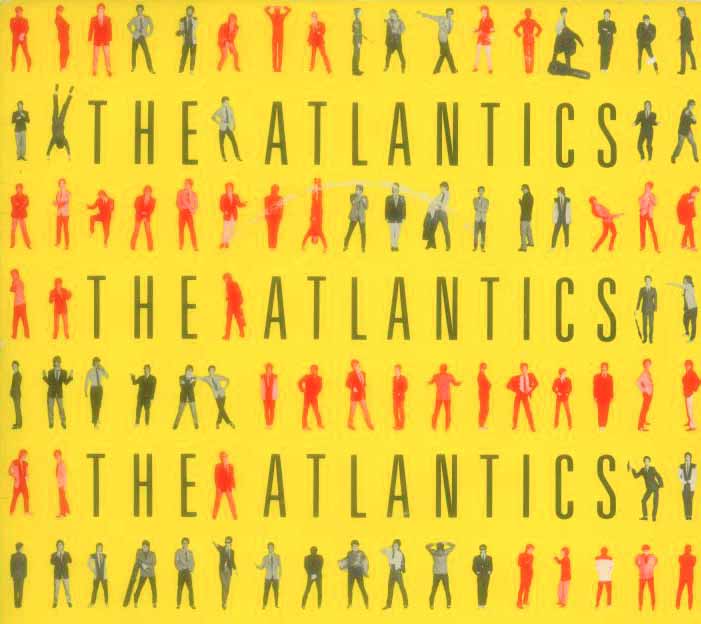
ARTIST: The Homosexuals
TITLE: Astral Glamour
TRACK: 1.2 Soft South Africans
LABEL: Morphius
FORMAT: 3CD Box Set

ARTIST: Stained Rug Theory
TITLE: Innocence
TRACK: 1.3 Genetalia [sic]
LABEL: L56
FORMAT: LP
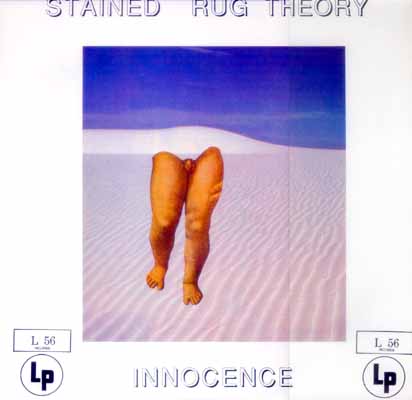
ARTIST: Tuxedomoon
TITLE: Half-Mute
TRACK: 2.1 What Use…?
LABEL: Ralph
FORMAT: LP

ARTIST: Broken Spindles
TITLE: Broken Spindles
TRACK: 5. Matte
LABEL: Tiger Style
FORMAT: CD

ARTIST: Ellen Allien
TITLE: Thrills
TRACK: 5. Washing Machine is Speaking
LABEL: BPitch Control
FORMAT: CD

ARTIST: Siddal
TITLE: The Pedestal
TRACK: 4. When the Wolf Comes
LABEL: Bedazzled
FORMAT: CD

ARTIST: Pnau
TITLE: Again
TRACK: A2 A Special Interlude
LABEL: Underwater
FORMAT: LP
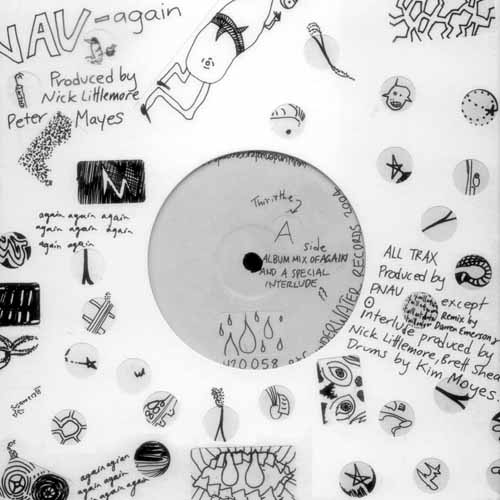
ARTIST: Feezepop
TITLE: Fancy Ultrafresh
TRACK: 6. Outer Space
LABEL: archenemy
FORMAT: CD
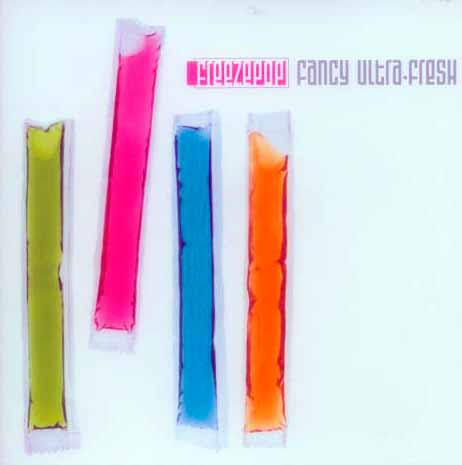
ARTIST: Hood
TITLE: The Lost You
TRACK: C1. The Rest of Us Still Care
LABEL: Domino
FORMAT: Double Seven-Inch
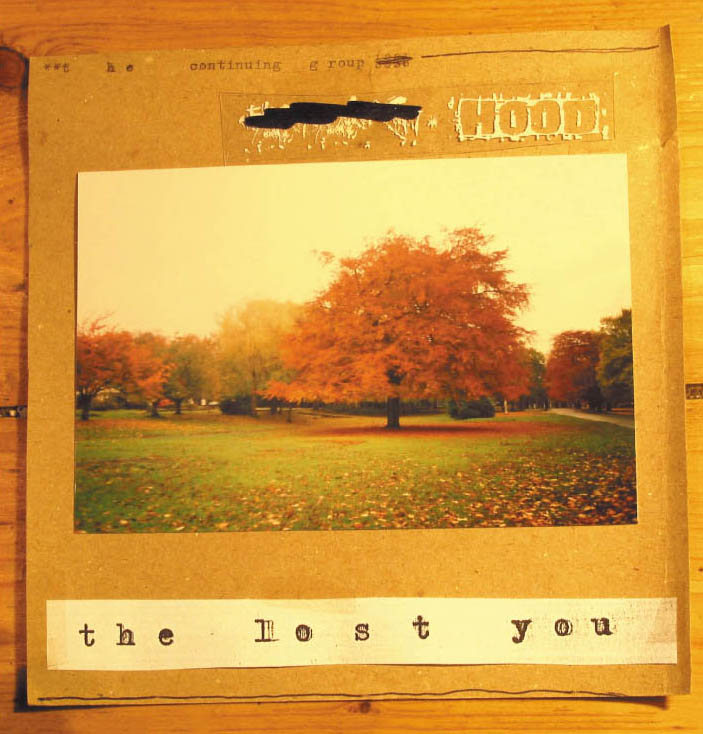
ARTIST: The Castanets
TITLE: First Light Freeze
TRACK: 12. Dancing with Someone (Privilege of Everythin)
LABEL: asthmatic kitty
FORMAT: CD
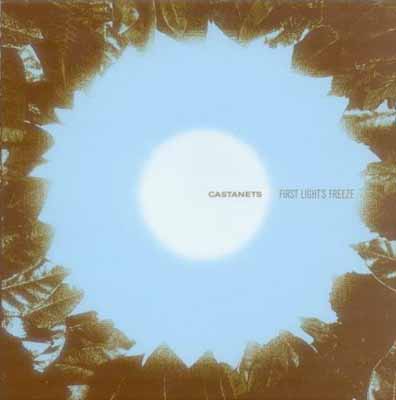
ARTIST: Jacob Kirkegard
TITLE: Eldfjall
TRACK: 7. Izanami
LABEL: Touch
FORMAT: CD
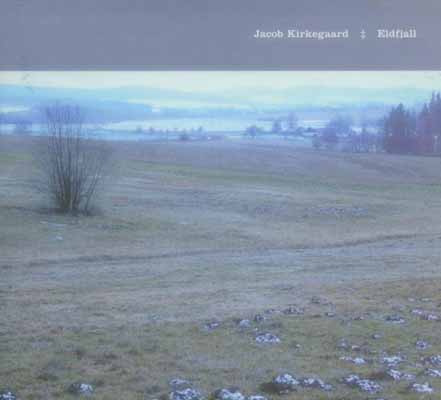
Below the cut is lots of information about each track…
Not since “Wipeout” has a drum solo inspired so many to bang one out on random car fenders as the solo in Lonely Hearts did. The Atlantics were a highly entertaining and popular club band in the 1970’s Boston scene. The local radio shows, specifically WBCN, gave them hit after hit, most notably from a tape called ‘Pop Shivers’ and a tremendous 45 rpm ‘Lonely Hearts’ featured here. This was The Shit in Kenmore Square in 1979. Seriously. They had one major label release, on ABC, which totally sucked, and seemed like a much different band than on this great single – wtf were they thining? Anyway, Fred Pineau’s guitar licks are certainly electric enough, but as Elliot Easton of the Cars was never allowed to do on record what fans saw him do in the same nightclubs where the Atlantics performed, Pineau also is used here merely as a solid rhythm, his leads limited, not allowed to pour his inventive guitar blasts all over these pop tunes. Founding member and co-songwriter Jeff Locke left this band to form UXB, a formidable pop unit with precise vocals and songs that hit the mark; but Locke left the nest with no professional guidance, so outside of some college radio success, UXB went nowhere, and the Atlantics minus Locke, even touring with Roxy Music or opening for Alice Cooper, couldn’t bring titles like ‘I Can’t Help It’ to the masses. With the tragic death of B. Wilkinson, an Atlantics reunion may be impossible. Finding great live tapes of their finest moments may be in order, and it’s surprising that they haven’t surfaced yet. This is a band that people either loved or hated, and if you _hated_ them, as did most of my circle of friends, you allowed yourself to secretly _love_ this one song, but you wouldn’t have been caught DEAD at one of the shows…
As cultural constructs such as ‘punk’ traverse the dimming corridor of history, they’re revised in unfathomable ways. Temporal distance hews away their ambiguities until they fall into orderly, narrative rank and file. In our collective memory of historical events, some players are canonized, others are diminished, and the process that separates them often seems arbitrary. With punk rock, this process of selective forgetting has at least one discernible component– the most heralded old punk bands are the ones that mainstream rock critics ordained as the movement’s standard-bearers. Most of us remember The Sex Pistols, The Clash, X, The Germs, The Ramones, Wire, The Fall, and Black Flag. But how many remember Crime? What about The Adverts? What about The Homosexuals? Perhaps The Homosexuals, who evolved from a band called The Rejects, were never in the right place at the right time. But this seems unlikely, considering that The Rejects were opening The Roxy for The Damned, The Jam and Wire in the late ’70s, which is pretty prime in terms of the punk zeitgeist. Perhaps their name scared away cultural dilettantes slumming for a more mannered radical idiom, but this is also improbable: The Sex Pistols didn’t seem to have much trouble cementing their legacy. Perhaps The Ramones’ tri-chord sing-alongs were just more memorable than The Homosexuals’ adventurous, eclectic song structures (and ‘Gabba gabba hey’ does stick in the brain a bit more than ‘Ivory elbows/ Deny shads edge’). Nevertheless, in our current climate of rampant historical salvaging, it seems likely that every shooting star in the fleeting firestorm that was punk will be plucked from the obscuring swarm and bronzed for posterity. The Homosexuals are the latest to come (back) down the pike, clothed in new fire: reissued, remastered, repackaged, and finally, remembered. The triple-disc Astral Glamour, from which this track is culled, clocks in at a whopping 81 tracks, and documents every salvageable mote of music The Homosexuals committed to tape or vinyl from 1977 to 1984, including multiple versions of many tracks (guitar mixes, vocal mixes, live versions, instrumentals). Most of the first disc’s songs appeared on the posthumous 1984 Homosexuals LP. So it’s the second and third discs that will get exhaustive collectors all hot and bothered — they’re brimming with tracks restored from decaying LPs and an ultra-rare tape of which 10 known copies exist, plus demos, singles, unreleased tracks and alternate versions unavailable anywhere else. Handsomely packaged in a gate-fold case with a 32-page booklet of photos, posters, lyrics, and commentary, Astral Glamour might be the collection by which the best punk band that no one heard finally get their due.
You know a record is rare when you search for it on line, and you find no reviews, only adds to sell it for $50 or more. This synth/experimental duo known as Stained Rug Theeory was active in the mid-late 80’s in Providence RI, and was a lot of fun to see perform in the spaces of AS220 and the Rocket with other bands on the scene such as The March, The Divas Deray, One Human, The Walters and countless others. This bnd is the only one, to my knowledge, to actually commit tracks to vinyl.
One of my favorite bands ever, Tuxedomoon‘s debut album on Ralph Records followed in the wake of several EPs and singles released on their own label. Unlike many techno bands in the wake of punk, they punctuated the electronics with instruments such as sax and violin, the sax reminiscent of the self-taught sounds of David Bowie — not entirely polished, but unmistakable. The lyrics are dark and morose with glimpses of humor. Peter Principle’s bass sounds positively chunky as well, contrasting with the rather fey but propulsive drum machines. ‘What Use?’, featured here, is as close as they get to pop here, while other tracks (‘Fifth Column’) replicate the sort of European despair mined by Kraftwerk or Bowie on the second half of Heroes. The experimental musicianship is what makes this album recommended.
Broken Spindles is the lo-fi electronic solo project of bassist Joel Peterson, the founding member of Omaha, NE‘s The Faint. His project began as an accompaniment to a friend’s film project but was ultimately realized as an 11 track self-titled album released on Tigerstyle Records in 2002. This album was a curious mixture of electro, emo, Faint-style new wave and so-called incidental music with an aggressive yet retro-kitschy twist. Since there are no vocals, the drama came from quickly escalating dynamics and the interplay between Peterson’s keyboard army and a host of analog sounds like the glockenspiel and dulcimer, added at Presto! Recording Studios by engineer Mike Mogis. A tour followed in the fall of 2002 with Peterson playing behind a giant screen showing a film, one he himself created, to accompany his music.
Like a lot of dance music producers, Berlin’s Ellen Allien has had her hands in just about every aspect of her field. Allien’s immersion into dance music began during an extended stay in London, at the height of the acid house phenomenon. Shortly after returning home, she got into DJing and, by 1993, she had spun at Fischlabor, Tresor, and a number of other significant clubs. Throughout the remainder of the ’90s, she hosted programs on Berlin’s Kiss FM, worked at the Delirium record shop, operated a label called Braincandy, and threw a number of parties called BPitch Control, which led to her label of the same name. She eventually became a noted producer; along with a slew of 12-inchreleases, she issued the full-lengths Stadtkind (2001) and Berlinette (2003), along with the mix album Weiss Mix (2002).
The ambient dream pop of Siddal began in 1991 when four music fans came together for a love of art, poetry, and culture. However, constant lineup changes plagued the group and by 1992, Siddal consisted of Elaine Winters and Richard Brinkley. The duo, who took their name from the 19th century activist Elizabeth Siddal, incorporated elements of space rock, trance, and darkwave, and they were frequently compared to the likes of the Cranes, the Cocteau Twins, and the Sundays. Bedazzled issued their first single, ‘Frozen Garden’ in 1992 and subsequent tracks and albums followed throughout the decade: Pedastal was issued in 1995 and the sophomore effort The Crossing followed a year later. By the close of the ’90s, Winters and Brinkley married and had a son. They were also writing songs and playing gigs around the East Coast.
Pnau — made up of Brisbane school buddies Nick Littlemore and Peter Mayes — were not the typical Aussie music act when they first hit the stage during the mid-’90s. Instead of rock, they played acid house and trance. In a changing climate down under, however, in which dance music was gaining strength, the duo swiftly won plenty of fans and respect. By the time Pnau were ready to put out their debut album, they had gravitated toward deep house, funk, and hip-hop with Latin and jazz flavors. The album, titled Sambanova, was released in 1999 by Warner and made a big splash on Australia’s underground music scene. However, as a result of problems with the copyright of some of the samples used on the album, the record company decided to re-release it. The new version of Sambanova came out in 2001, minus two tracks seen on the original, ‘Arthur’s Pizza’ and ‘Disc One,’ but boasting three fresh numbers: ‘Journey Agent,’ ‘Ordinary Day’ and ‘Searchin’.’ This is a cool ambient track on a disc of mostly breakbeat stuff. Nice.
Freezepop formed in 1999 in Boston, MA, and as legend has it they decided to form a synth pop band because the icy cool of the synthesizer was the perfect antidote to that summer’s excruciating heat. The band consists of vocalist Liz Enthusiasm, programmer The Duke of Pannekoeken (a.k.a. of Duke of Belgian Waffles, a.k.a. of Duke of Candied Apples), and keyboardist the Other Sean T. Drinkwater, also of Lifestyle. While the band has shied away from their ’80s retro image in interviews, their sound and ’80s pop culture references (they have a song titled ‘Tracey Gold’) are one of the reasons they have connected so well with Boston’s large college student population and the national synth pop scene. Friends apparently call the Other Sean T. Drinkwater ‘That ’80s Guy.’
Another of my favorite bands of all time, these Leeds, England-based lo-fi bliss-popsters Hood comprised Andrew Johnson, Chris Adams, Richard Adams, John Evans, Craig Tattersall and Nicola Hodgkinson. The group debuted in 1992 with the seven-inch ‘Sirens’; after 1993’s ‘Opening into Enclosure,’ a year later they issued Cabled Linear Traction, which collected their two earlier singles. Absent throughout 1995, the year following Hood returned with a barrage of new material — after three singles (‘Lee Faust Million Piece Orchestra,’ ‘A Harbour of Thoughts’ and ‘I’ve Forgotten How to Live,’ all of them issued on different labels), the group also released the full-length Silent ’88. Secrets Now Known to Others, a ten-track EP of material recorded for but not included on Silent ’88, appeared in 1997, as did the album Structured Disasters. Though it wasn’t released in America, The Cycle of Days and Seasons followed on Domino in 1999. They returned in 2001 with the Home Is Where It Hurts EP, which was the group’s first American release in four years and showcased their increasingly electronic direction. They continued in that direction on Cold House, a bleak and experimental effort released the same year. Late in 2004, the Lost You EP arrived in anticipation of 2005’s Outside Closer.
San Diego’s Castanets borrow from country, folk, and experimental rock and turn them into a sound that’s equally moody and inspiring. The band, which features members of Pinback, Rocket From the Crypt, and Tristeza, revolves around singer/songwriter Raymond Raposa, who explored the U.S. for four years via Greyhound Bus after testing out of high school at age 15. This searching, traveling nature extends to his music, which he initially released as a series of CD-Rs. However, the Asthmatic Kitty label stepped in and released his first widely available album, Cathedral — the bulk of which was recorded in a cabin in Northern California’s woodlands — in fall 2004. A year later, Raposa and company returned with First Light’s Freeze.
When the choice of instrument is the actual earth itself, at least it won’t require patient care and replacement parts, though one can’t blame it for being temperamental. But this is precisely why Jacob Kirkegaard went to Iceland to record Eldfjall, an album consisting of field recordings made during 2004. Kirkegaard’s interest in natural sound made Iceland a perfect choice — it’s one of the most geologically active and unstable places on earth, with geysers and volcanoes defining the land as much as ice and snow. Recorded with microphones directly driven into the ground, Eldfjall captures sounds not at all far removed from the dark ambient drones of performers like Thomas Köner or Mick Harris — there’s the same aspect of deep, captivating meditation, at once fascinating and unsettling. Kirkegaard doesn’t rely on simply presenting moments and being done with it, however, introducing sudden edits that shift between one cryptic stretch of sound and another, at other points carefully layering or seguing between elements. Sometimes the results are almost mechanistic, the sputtering noises beginning ‘Nerthus’ turning into the world’s most in-need-of-repair motorcycle. At other times he uses the sounds to suggest other natural phenomena, a building howl of noise coming across like a wind tunnel in a cool deep hell. Another reference point would be Robert Hampson’s work in Main, given the clattering, echoed arrhythmia Kirkegaard showcases on cuts like ‘Gaea’ and ‘Aramaiti.’ But this ultimately is its own beast, a combination of using available technology and the ground under our feet to create something moving and mysterious. The sense that not even our seemingly solid ground is all that, after all, is an unsettling one.
